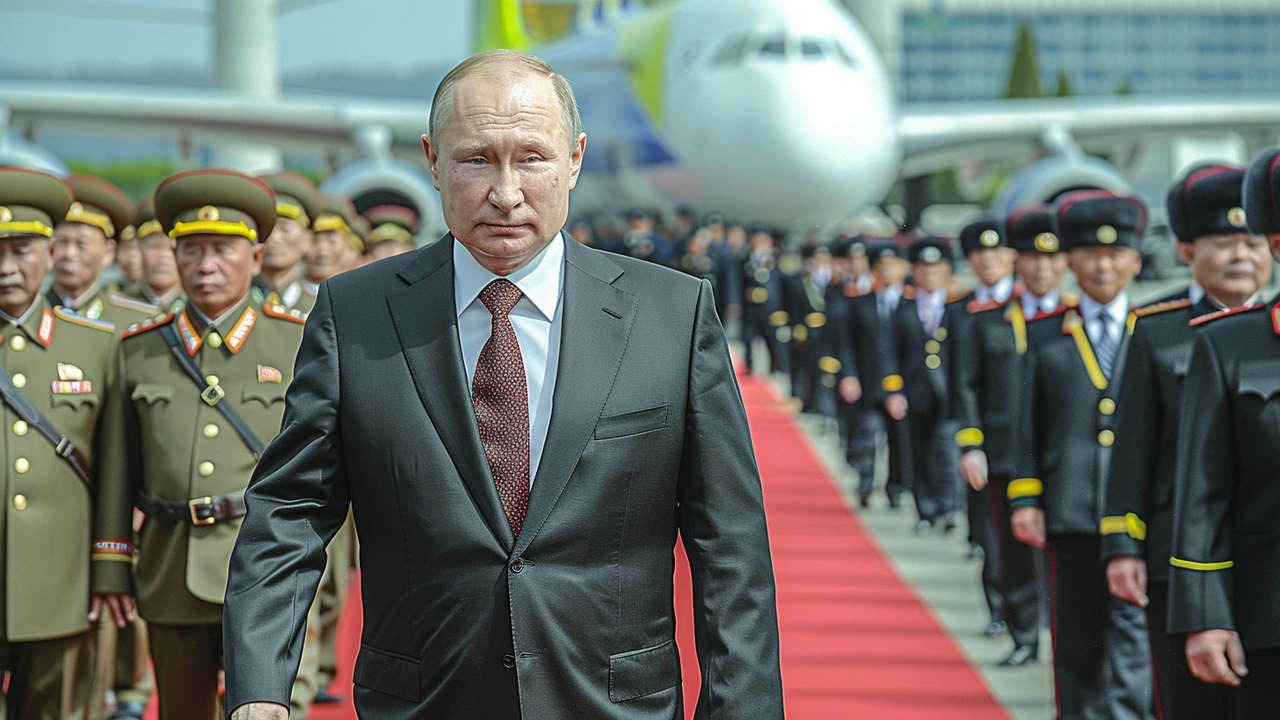Putin – Who Is He and Why He Matters
When you hear the name Putin, you probably think of a strong‑handed leader who’s been in charge of Russia for more than two decades. Whether you follow world news, watch sports events, or just scroll social media, his name pops up a lot. So let’s break down the basics: where he came from, how he got to the top, and what he’s doing now.
How Putin Got to the Top
Vladimir Vladimirovich Putin was born in 1952 in Leningrad, now Saint Petersburg. He started his career as a KGB officer, spending time in East Germany before returning to Russia in the early 1990s. When the Soviet Union fell, the country needed stability and a lot of new faces in politics. Putin entered Saint Petersburg’s city government, then moved to Moscow to work for President Boris Yeltsin.
In August 1999, Yeltsin appointed him as prime minister. A few months later, Yeltsin resigned and Putin, then just 47, became acting president. A popular image of him riding a horse shirtless and playing the piano helped him win the 2000 election with a solid margin. Since then, he’s been re‑elected several times, either as president or prime minister, thanks to changes in term limits and a constitutional amendment in 2020 that could keep him in power until the mid‑2030s.
Putin’s Influence on the World Stage
Putin’s foreign policy is all about restoring what he calls Russia’s “great power” status. The most visible move was the annexation of Crimea in 2014, which led to Western sanctions and a split with NATO. The conflict in Ukraine, which escalated in 2022, has kept the world’s eyes on him. Sanctions have hit the Russian economy, but Putin’s government has leaned on energy exports and ties with China to stay afloat.
Beyond Europe, he’s built relationships in the Middle East, Africa and Latin America, often offering arms deals, energy contracts or political support in exchange for influence. This strategy keeps Russia in the global conversation, even when the country faces internal challenges like a shrinking workforce and infrastructure issues.
Domestically, Putin’s rule is marked by strong control over media, a crack‑down on dissent, and a focus on patriotic education. Supporters say he’s brought stability after the chaotic 1990s, while critics argue his policies limit freedoms and stifle opposition.
Looking ahead, a few questions dominate the conversation: Will the economy survive long‑term sanctions? How will the war in Ukraine end, and what role will Putin play in any settlement? Can a new generation of Russians push for political change, or will the current system hold firm?
Whatever the answer, Putin’s impact on both Russia and the wider world won’t disappear overnight. Keeping an eye on his moves helps you understand broader trends in geopolitics, energy markets and even sports events that involve Russian teams or athletes.
Bottom line: Putin is a central figure in today’s headlines because his decisions affect everything from oil prices to international security. Knowing the basics—his background, how he seized power, and his biggest policy pushes—gives you a clearer picture of why his name shows up in so many different news stories.
